What material are commercial tents made of?
While vinyl is a common material used for commercial tents, there’s some clarification needed regarding the coating and types of vinyl. Let’s break down the information:
1.Vinyl Fabric:
Vinyl fabric is indeed a popular choice for commercial tents due to its durability, water resistance, and overall strength. Vinyl-coated fabrics are often used for tent canopies and sidewalls.
2.Coating Types:
Vinyl fabrics can be coated with different materials to enhance their properties. Two common types of coatings for vinyl are PVC (Polyvinyl Chloride) and PE (Polyethylene). The coating process involves applying a protective layer over the vinyl fabric, providing additional benefits such as corrosion resistance and stability.
3.PVC-Coated Vinyl:
PVC coating involves applying a layer of polyvinyl chloride over the vinyl fabric. PVC-coated vinyl is known for its durability, resistance to abrasion, and waterproof properties. It creates a robust and weather-resistant material suitable for commercial tent applications.
4.PE-Coated Vinyl:
PE coating involves applying a layer of polyethylene over the vinyl fabric. Polyethylene is a thermoplastic material known for its flexibility and resistance to environmental factors. PE-coated vinyl offers good water resistance and durability.
5.Dip Molding:
The term “dip molding” might be a source of confusion. In the context of tent fabric manufacturing, dip molding is not a common term used to describe the coating process. Instead, the coating is typically applied through processes such as calendaring or laminating.
6.Calendaring or Laminating:
In the manufacturing of vinyl-coated fabrics, calendaring or laminating processes are often used. Calendaring involves passing the fabric through rollers to apply the coating, while laminating involves bonding multiple layers together.
7.Corrosion Resistance and Stability:
The coating, whether PVC or PE, contributes to the overall corrosion resistance and stability of the vinyl fabric. These properties are crucial for commercial tents exposed to various weather conditions.
8.Applications:
Vinyl-coated fabrics find applications not only in commercial tents but also in other industries such as truck tarps, awnings, industrial curtains, and more. The versatility of vinyl makes it suitable for various outdoor and industrial uses.
When selecting a commercial tent made from vinyl-coated fabric, it’s essential to consider factors such as the specific coating (PVC or PE), the thickness of the material, and the overall construction of the tent. Additionally, understanding the intended use and the environmental conditions the tent will face will help ensure that the chosen material meets the necessary requirements for durability and performance.
What is a Commercial Tents Made?
A pop-up tent is a type of tent that is designed for quick and easy setup, often requiring minimal assembly. These tents are known for their convenience and are popular for various outdoor activities, including camping, beach outings, festivals, events, and temporary shelters. The key feature of a pop-up tent is its ability to “pop up” or expand into its full form with little effort.
Here are some key characteristics of pop-up tents:
1.Instant Setup:
Pop-up tents are designed for rapid deployment, and they typically utilize a spring-loaded or flexible frame that allows the tent to automatically expand into its full shape when removed from its carrying bag.
2.Collapsible Design:
The collapsible design of pop-up tents makes them easy to pack and transport. They often fold down into a compact size, allowing for convenient storage and portability.
3.Integrated Frame:
Pop-up tents usually have an integrated frame that is pre-attached to the tent fabric. This eliminates the need for separate poles and makes the setup process faster and more straightforward.
4.Single-Person Setup:
Many pop-up tents are designed to be set up by a single person. The user simply needs to remove the tent from its storage bag, release the securing straps, and the tent pops up into shape. Some models may require additional steps, such as staking down the tent or securing guy lines.
5.Variety of Sizes and Shapes:
Pop-up tents come in various sizes and shapes to accommodate different needs. They can range from small, single-person tents to larger family-sized tents. Some pop-up tents are designed for specific purposes, such as beach tents with extended floor flaps for sand anchoring.
6.Uses in Various Settings:
Pop-up tents are versatile and find applications in camping, outdoor events, picnics, festivals, beach outings, and as temporary shelters for vendors at fairs or markets.
7.Ventilation and Features:
Depending on the design, pop-up tents may include features like mesh windows or vents for ventilation. Some models also have built-in features like awnings or canopies for added shade.
8.Limited Customization:
While pop-up tents excel in convenience, they may have limited customization options compared to traditional tents. Customization is often focused on color and basic design rather than intricate features.
9.Durability Considerations:
Pop-up tents vary in durability, and the materials used can influence their resilience to weather conditions. Higher-end models may feature more robust materials and construction.
It’s important to note that while pop-up tents offer quick setup and convenience, they may not provide the same level of durability or weather resistance as more traditional tents with separate pole systems. Users should consider their specific needs and the intended use of the tent when choosing between pop-up and other tent options.
What distinguishes a heavy-duty pop-up canopy from standard pop-up canopies?
A heavy-duty pop-up canopy is designed to withstand more demanding conditions and offer enhanced durability compared to standard pop-up canopies. Several key features distinguish a heavy-duty pop-up canopy from its standard counterparts:
1.Frame Construction:
Heavy-duty pop-up canopies typically have frames made of stronger materials, such as reinforced steel or heavy-duty aluminum. The frame components, including legs and trusses, are often thicker and more robust to handle increased stress and provide stability in challenging conditions.
2.Frame Thickness:
Heavy-duty canopies usually have thicker frame components, especially in the legs and trusses. The increased thickness contributes to the overall strength and structural integrity of the frame.
3.Joint Reinforcements:
The joints and connectors of a heavy-duty pop-up canopy are reinforced for added strength. This reinforcement prevents stress points and enhances the tent’s ability to withstand wind and other environmental factors.
4.Cross-Bracing:
Heavy-duty canopies often feature additional cross-bracing, which involves extra support beams that connect the trusses. Cross-bracing enhances the stability of the frame, making the canopy more resistant to wind and other external forces.
5.Material Quality:
The fabric used for the canopy cover in heavy-duty models is typically of higher quality. It may have additional coatings for water resistance, UV protection, and increased durability against wear and tear.
6.Denier Rating:
The denier rating of the canopy fabric may be higher in heavy-duty canopies. Denier refers to the thickness of the fibers in the fabric, and a higher denier rating generally indicates greater strength and durability.
7.Waterproofing:
While both standard and heavy-duty canopies may be water-resistant, heavy-duty models often feature enhanced waterproofing. This ensures better protection during heavy rain and prolonged exposure to moisture.
8.UV Resistance:
Heavy-duty canopies commonly incorporate UV-resistant materials. This helps prevent color fading and material degradation caused by prolonged exposure to sunlight.
9.Adjustable Leg Heights:
Many heavy-duty pop-up canopies offer adjustable leg heights. This feature provides flexibility in setup, allowing users to adapt the canopy to different terrains while maintaining stability.
10.Weight and Size:
Heavy-duty canopies may be slightly heavier than standard ones due to the use of stronger materials. While this can make them less convenient for frequent transport, it contributes to their stability and durability.
11.Wind Resistance:
Heavy-duty canopies are designed to resist higher wind speeds compared to standard models. The combination of a robust frame and reinforced canopy material enhances the tent’s ability to withstand wind forces.
12.Durability in Harsh Conditions:
The overall design and construction of heavy-duty canopies make them suitable for use in more challenging conditions, including windy environments, frequent use, or extended periods of exposure to the elements.
It’s important for users to assess their specific needs before choosing between a standard pop-up canopy and a heavy-duty variant. If durability, stability, and resistance to challenging conditions are critical, a heavy-duty pop-up canopy may be the preferred choice.
Are there specific materials recommended for personalized tents to ensure durability and a unique appearance?
When choosing materials for personalized tents to ensure both durability and a unique appearance, several factors should be considered. The choice of materials will impact the tent’s longevity, resistance to environmental conditions, and the quality of the personalized design. Here are key considerations:
1.Polyester Fabric:
Polyester is a popular choice for tent fabrics due to its durability, water resistance, and versatility. It provides a smooth surface for printing, allowing for vibrant and detailed personalized designs. Look for high-denier polyester for added strength.
2.Vinyl-Coated Fabrics:
Vinyl-coated fabrics, such as PVC or polyvinyl chloride, are known for their durability and water resistance. These materials provide a sturdy base for personalized designs and can withstand various weather conditions.
3.Canvas:
Canvas, particularly cotton canvas, offers a natural and textured appearance. While not as common as synthetic materials, canvas can provide a unique aesthetic for personalized tents. Canvas can be suitable for applications where a more rustic or traditional look is desired.
4.Dye-Sublimation Printing:
Dye-sublimation printing involves transferring dye into the fabric, resulting in a vibrant and durable finish. It is a popular choice for personalized tents as it allows for full-color printing and seamless integration of unique designs.
5.UV-Resistant Inks:
To ensure the longevity of personalized designs, it’s important to use UV-resistant inks. UV-resistant inks protect against fading and deterioration caused by prolonged exposure to sunlight.
6.Mesh Fabrics:
Mesh fabrics can be used for sections of the tent to provide ventilation while still accommodating personalized designs. Mesh is often made from synthetic materials like polyester.
7.Fire-Retardant Coatings:
If the personalized tent is intended for use in public spaces or events, consider materials with fire-retardant coatings to meet safety regulations.
8.Laminated Fabrics:
Laminated fabrics have an additional layer for increased durability and weather resistance. This can enhance the longevity of personalized designs on the tent.
9.Custom Colors:
Choose custom colors for the tent fabric to match branding or create a specific visual theme. Many manufacturers offer a range of color options for personalized tents.
10.High-Quality Zippers and Fasteners:
Ensure that the zippers and other fasteners used in the tent are of high quality. Smooth operation and reliable fastening contribute to the overall functionality and appearance of the tent.
11.Sturdy Frame Construction:
While personalized designs focus on the fabric, the frame’s construction is equally important for overall durability. Look for sturdy materials like aluminum or steel and consider frame reinforcement for added strength.
12.Adjustable Leg Heights:
Some personalized tents offer adjustable leg heights, providing flexibility in setup and allowing for a customized appearance based on the event or venue.
13.Easy Maintenance:
Consider materials that are easy to clean and maintain. This ensures that the personalized designs remain vibrant and the tent retains its visual appeal over time.
Before finalizing the selection of materials for personalized tents, it’s recommended to consult with the manufacturer or printing service to ensure compatibility between the chosen fabric and the printing method. Additionally, consider the intended use, the frequency of use, and the desired aesthetic when making decisions about personalized tent materials.
Are there specific materials recommended for custom logo tents to ensure durability and a professional appearance?
When selecting materials for custom logo tents to ensure both durability and a professional appearance, it’s essential to consider factors such as the fabric quality, printing method, and overall construction. The choice of materials will impact the longevity of the tent, the visual appeal of the logo, and the tent’s ability to withstand various environmental conditions. Here are key considerations:
1.Polyester Fabric:
Polyester is a common and durable fabric choice for tent canopies. It is known for its strength, water resistance, and versatility. High-denier polyester is recommended for added durability.
2.Vinyl-Coated Fabrics:
Vinyl-coated fabrics, such as PVC or polyvinyl chloride, offer durability and water resistance. These materials provide a sturdy base for logo printing and contribute to the overall strength of the tent.
3.Dye-Sublimation Printing:
Dye-sublimation printing allows for high-resolution and full-color logo printing directly onto the fabric. This method results in vibrant and durable designs that seamlessly integrate with the tent material.
4.UV-Resistant Inks:
UV-resistant inks are crucial for logo longevity. These inks protect against fading and deterioration caused by prolonged exposure to sunlight. UV resistance ensures that the logo maintains a professional appearance over time.
5.Mesh Fabrics:
Mesh fabrics can be used for certain sections of the tent, providing ventilation while accommodating logo printing. Mesh is often made from synthetic materials like polyester.
6.Fire-Retardant Coatings:
Consider materials with fire-retardant coatings, especially if the custom logo tent will be used in public spaces or events. Fire-retardant coatings help meet safety regulations.
7.Laminated Fabrics:
Laminated fabrics, with an additional layer for increased durability and weather resistance, can enhance the overall longevity of the custom logo design on the tent.
8.Custom Colors:
Choose custom colors for the tent fabric to match branding or create a specific visual theme. Many manufacturers offer a range of color options for custom logo tents.
9.High-Quality Zippers and Fasteners:
Ensure that the zippers and other fasteners used in the tent are of high quality. Smooth operation and reliable fastening contribute to the overall functionality and professional appearance of the tent.
10.Sturdy Frame Construction:
The tent’s frame construction is equally important. Choose sturdy materials like aluminum or steel for the frame, and consider reinforcement for added strength. A durable frame complements the professional appearance of the custom logo.
11.Adjustable Leg Heights:
Some custom logo tents offer adjustable leg heights, providing flexibility in setup and allowing for a customized appearance based on the event or venue.
12.Easy Maintenance:
Consider materials that are easy to clean and maintain. This ensures that the custom logo remains vibrant, and the tent retains its professional appearance over time.
It’s crucial to collaborate with reputable manufacturers or printing services that specialize in custom logo tents. Consulting with professionals can help ensure that the chosen materials align with the intended use, branding requirements, and aesthetic goals for a durable and professionally presented tent.
Can logo tents be used for both personal and commercial purposes, and are there any restrictions?
Logo tents can indeed be used for both personal and commercial purposes, offering versatility in various settings. However, there may be some considerations and restrictions to keep in mind:
1.Personal Use:
Events and Gatherings:
Logo tents can be used for personal events such as family gatherings, backyard parties, picnics, or celebrations. They provide shade, shelter, and a personalized touch to the event space.
Camping and Outdoor Activities:
Personalized tents with logos can be used for camping trips, providing a distinctive and easily identifiable shelter. This is a way to add a personal touch to recreational activities.
Sports and Hobbies:
Individuals engaged in sports or hobbies may use logo tents to create a designated space. For example, a personalized tent at a sports event or a craft fair can serve both functional and personal purposes.
Promotional Events:
Individuals may use logo tents for personal promotional events or fundraisers, such as charity runs, community awareness campaigns, or neighborhood events.
2.Commercial Use:
Trade Shows and Exhibitions:
Businesses commonly use logo tents for trade shows, exhibitions, and promotional events. The tent serves as a branded booth, providing visibility and a professional appearance.
Outdoor Markets and Festivals:
Vendors at outdoor markets, fairs, and festivals often use logo tents to create a branded and easily recognizable presence. This helps attract customers and establishes a professional image.
Product Launches:
Companies may use logo tents for product launches or promotional campaigns, creating a dedicated space for showcasing products or services.
Corporate Events:
Logo tents can be employed at corporate events, conferences, or team-building activities to provide a branded and comfortable space for employees and clients.
Outdoor Advertising:
Businesses may use logo tents as part of outdoor advertising campaigns. Placing branded tents in high-traffic areas or at sponsored events can increase brand visibility.
3.Restrictions and Considerations:
Permits:
Depending on the location and the nature of the event, permits may be required for using logo tents. It’s essential to check local regulations and obtain any necessary permits for commercial use.
Event Organizer Rules:
When participating in events organized by others, vendors may need to adhere to specific rules regarding tent size, appearance, and branding. Event organizers often have guidelines to maintain a cohesive and organized environment.
Zoning Regulations:
For both personal and commercial use, it’s important to consider zoning regulations. Some areas may have restrictions on the size and type of structures that can be set up in residential or commercial zones.
Fire Safety and Codes:
Compliance with fire safety regulations and codes is crucial. Some areas may have specific requirements for flame-resistant materials, especially for commercial use.
Community Guidelines:
In residential communities, there may be community guidelines or homeowner association rules that restrict the use of structures like logo tents. It’s advisable to check and comply with such guidelines.
By understanding the intended use, adhering to local regulations, and obtaining any necessary permits, individuals and businesses can successfully use logo tents for both personal and commercial purposes. Custom logo tents provide an opportunity to showcase branding, create a distinctive identity, and enhance the overall experience of an event or space.
How can I customize a canopy to suit my specific needs or event theme?
Customizing a canopy to suit your specific needs or event theme involves several steps. Here’s a guide to help you through the customization process:
1. Define Your Requirements:
Clearly outline your specific needs and the purpose of the canopy. Consider factors such as size, shape, and features that would best serve your event or promotional goals.
2. Select the Type of Canopy:
Choose the type of canopy that aligns with your requirements. Options include pop-up canopies, inflatable tents, promotional tents, or custom-designed tents with unique shapes.
3. Choose the Right Size:
Determine the size of the canopy based on the space available and the number of people or items it needs to cover. Ensure that the size is practical for your event venue.
4. Color Selection:
Select colors that match your brand or event theme. Many custom canopy providers offer a range of color options, and some use the Pantone Matching System for precise color matching.
5. Logo and Graphics:
Incorporate your logo, branding elements, and any specific graphics or text you want to display on the canopy. Ensure that the graphics are high-resolution for a sharp and professional appearance.
6. Printing Method:
Understand the printing methods available for customization. Common methods include dye-sublimation printing and digital printing. Each method has its advantages in terms of color vibrancy and detail.
7. Material Selection:
Choose the canopy material based on your requirements. Materials like polyester, vinyl, or canvas are commonly used. Consider factors such as durability, water resistance, and UV protection.
8. Frame Construction:
Decide on the frame construction material and type. Frames are often made of aluminum or steel. Ensure that the frame is sturdy and can withstand the conditions of your event.
9. Add-On Features:
Consider any add-on features that enhance functionality or aesthetics. This may include sidewalls, half walls, windows, or additional branding elements. Some canopies also offer adjustable leg heights.
10. Compliance and Safety:
Ensure that your customized canopy complies with safety regulations and venue requirements. For commercial use, especially at events, fire safety standards and other regulations may apply.
11. Review Design Proof:
Before finalizing the order, request a design proof or mock-up from the canopy provider. This allows you to review how your customization choices will look on the actual canopy.
12. Order and Delivery:
Once you are satisfied with the design proof, proceed to place your order. Confirm the production timeline and delivery details to ensure that the canopy arrives in time for your event.
13. Assembly and Care Instructions:
Familiarize yourself with the assembly instructions provided by the manufacturer. Additionally, understand the care instructions to maintain the canopy’s appearance and functionality.
14. Evaluate After Use:
After your event, assess the canopy’s performance and durability. This feedback can help inform future customization choices and ensure you get the most value from your investment.
By following these steps, you can create a customized canopy that not only meets your specific needs but also enhances the visual appeal of your event or promotional space.
What are the key features to consider when choosing a popup tent canopy for events?
When choosing a pop-up tent canopy for events, several key features should be considered to ensure that the canopy meets your specific needs and provides a comfortable and functional space. Here are important features to consider:
1.Size and Dimensions:
Determine the size of the canopy based on the number of people or items it needs to cover. Popular sizes include 10×10 feet, 10×15 feet, and 10×20 feet. Consider the available space at your event venue.
2.Frame Material:
Common frame materials include aluminum and steel. Aluminum frames are lightweight and corrosion-resistant, while steel frames offer additional strength. Choose a frame material that balances durability and portability.
3.Frame Construction:
Consider the frame construction design, such as straight-legged or slant-legged frames. Some canopies have adjustable leg heights, providing flexibility in setup. Assess the sturdiness and stability of the frame.
4.Canopy Material:
The canopy material can be polyester, vinyl, or a combination. Look for materials with water resistance, UV protection, and durability. High-denier polyester is often used for its strength and resistance to tearing.
5.Printing and Customization:
If customization is important for branding or event themes, choose a canopy that allows for high-quality printing. Dye-sublimation and digital printing are common methods. Ensure that the canopy supports the incorporation of logos and graphics.
6.Ease of Setup:
Pop-up tents are known for their quick setup. Look for a canopy with a user-friendly design that allows for easy and efficient assembly. Features like a one-person setup or instant pop-up mechanisms can be beneficial.
7.Portability and Storage:
Consider the portability of the canopy, especially if you’ll be transporting it frequently. Look for a design that allows for compact folding and easy storage. A carry bag with wheels can enhance portability.
8.Weight:
Evaluate the weight of the canopy, as this can impact portability and ease of setup. Lightweight canopies are preferable for events where frequent setup and takedown are required.
9.Ventilation and Windows:
Some canopies feature mesh panels or windows to provide ventilation. This is especially important in warm weather. Assess whether the canopy design includes adequate airflow.
10.Sidewalls and Accessories:
Check if the canopy allows for the addition of sidewalls. Sidewalls can provide additional protection from wind, rain, or sun. Assess the availability of accessories such as half walls, banners, or flags for enhanced customization.
11.Durability and Weather Resistance:
Choose a canopy that is designed to withstand various weather conditions. Look for features such as reinforced corners, sturdy zippers, and materials that resist fading and damage from sunlight.
12.Leg Anchoring and Stability:
Ensure that the canopy includes effective leg anchoring mechanisms, such as stakes or weights. Stability is crucial, especially in outdoor events where wind and weather conditions can vary.
13.Fire Safety:
For events held in public spaces, consider canopies with fire-retardant materials that comply with safety regulations.
14.Warranty and Customer Support:
Check the warranty offered by the manufacturer. A reliable warranty can provide peace of mind. Additionally, assess the availability of customer support for any inquiries or issues.
15.Cost and Budget:
Determine your budget for the pop-up tent canopy. Consider the features that are essential for your event needs and find a canopy that offers a balance between cost and functionality.
By carefully considering these features, you can choose a pop-up tent canopy that aligns with the requirements of your events and provides a versatile and reliable shelter solution.



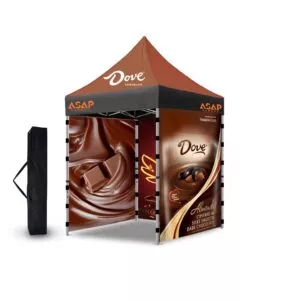
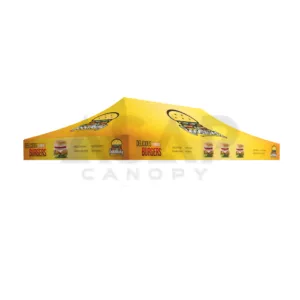
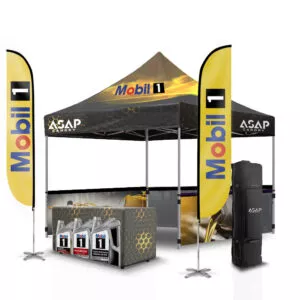
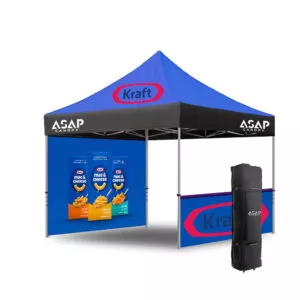
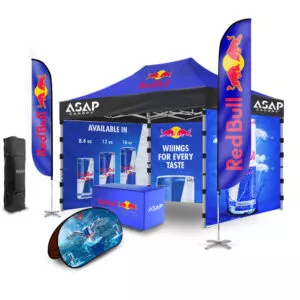
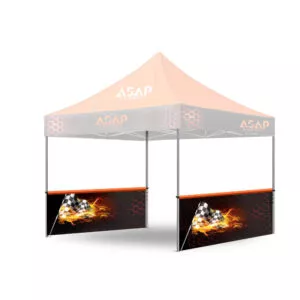

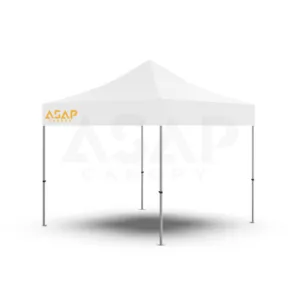
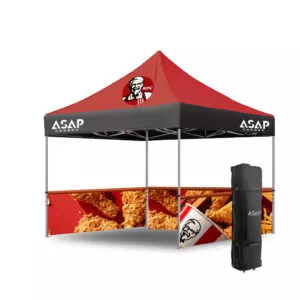

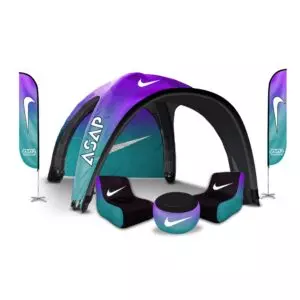
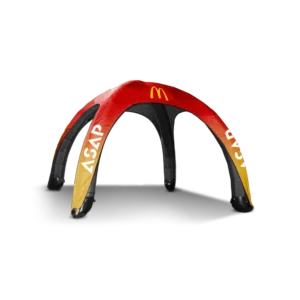
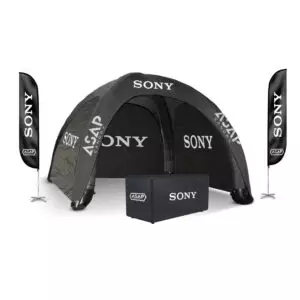
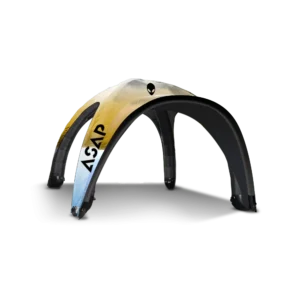
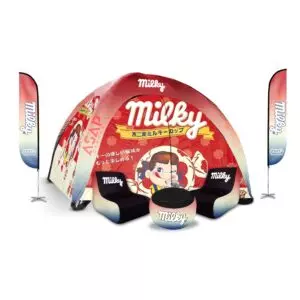

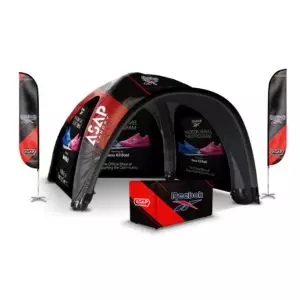
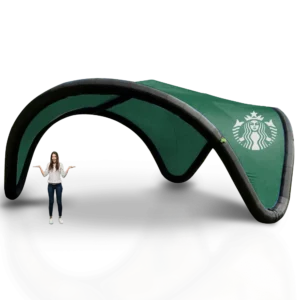
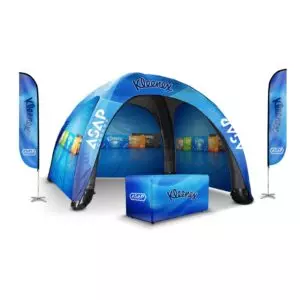

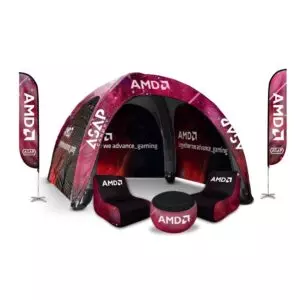
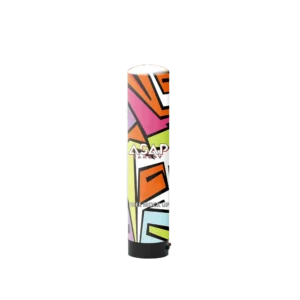

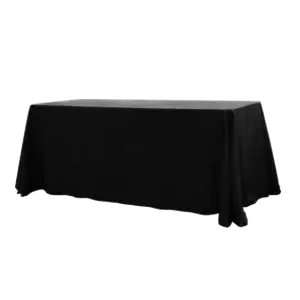

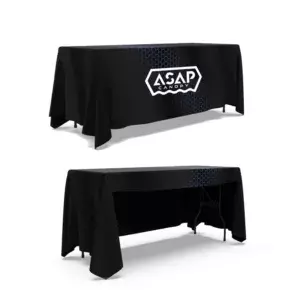

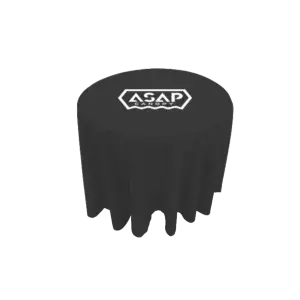
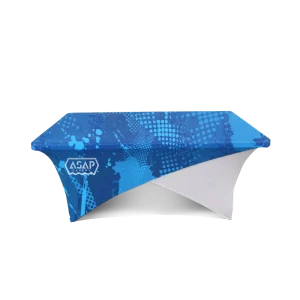
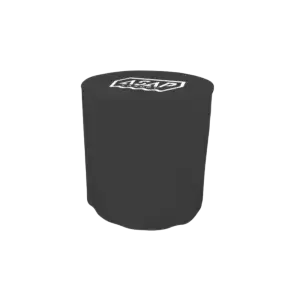
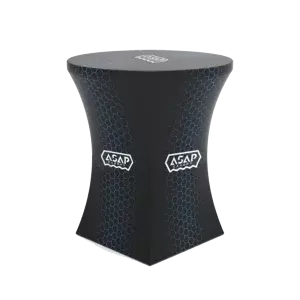
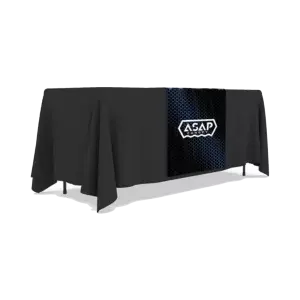
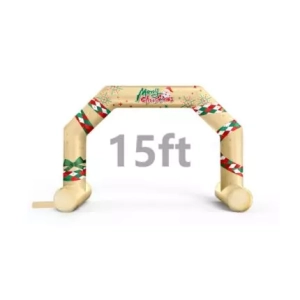
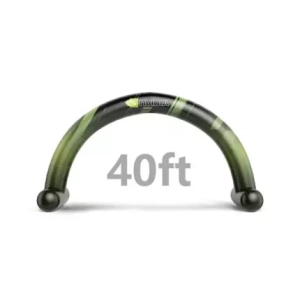
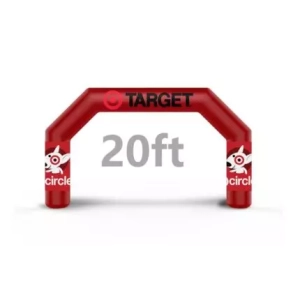
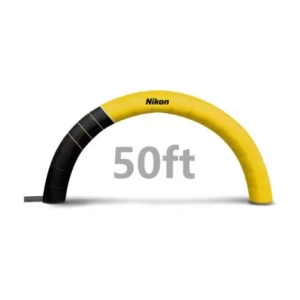

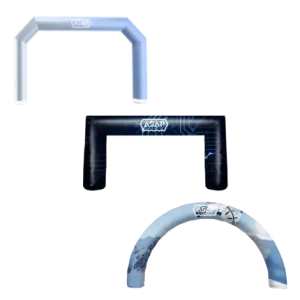
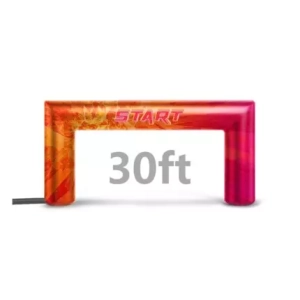



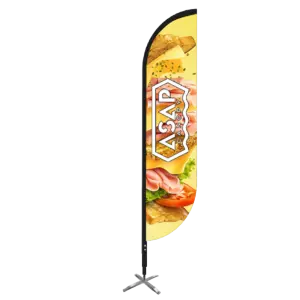
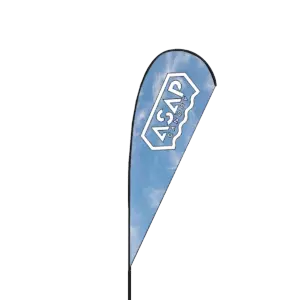
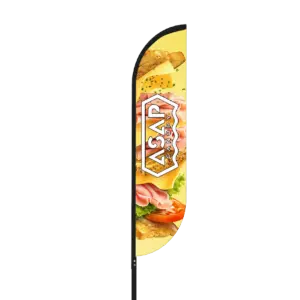

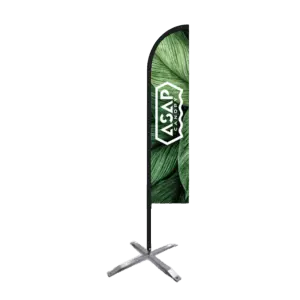

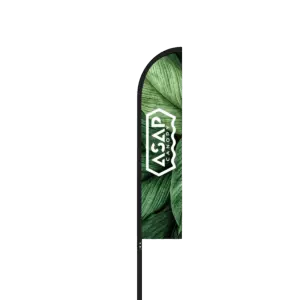



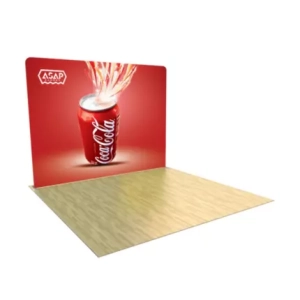
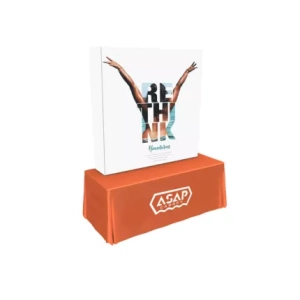
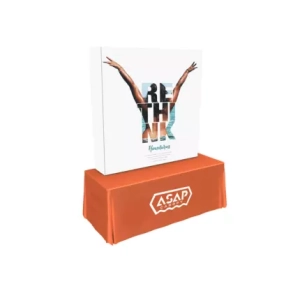
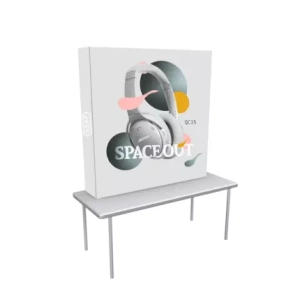
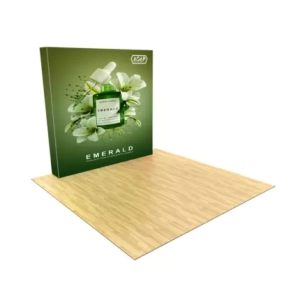
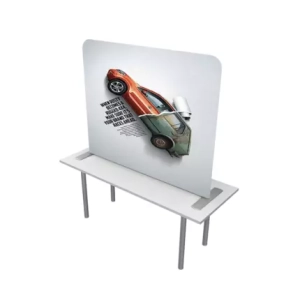
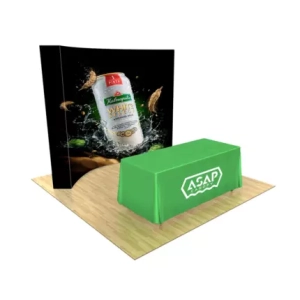
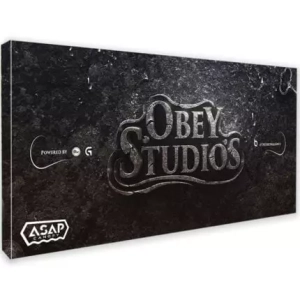





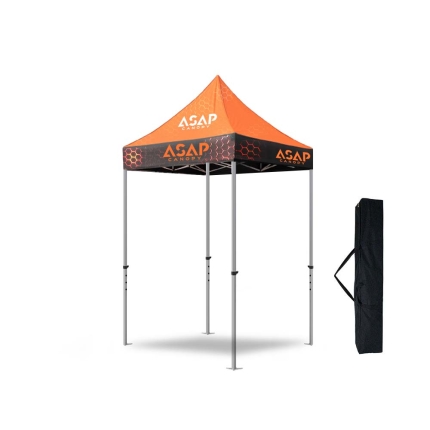
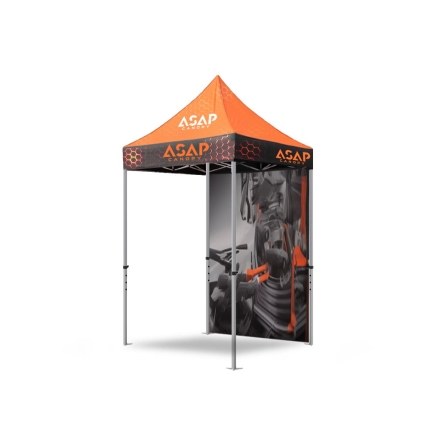


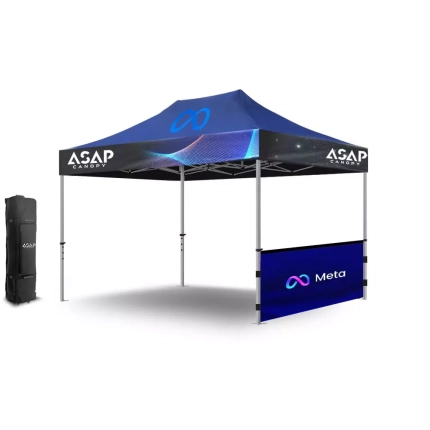


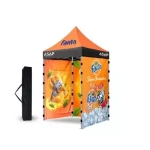 5×5 Pop Up Tent
5×5 Pop Up Tent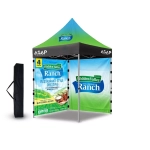 6.5×6.5 Pop Up Tent
6.5×6.5 Pop Up Tent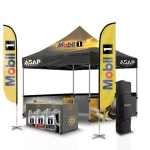 10×10 Canopy Tent
10×10 Canopy Tent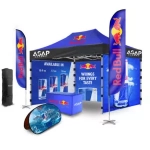 10×15 Canopy Tent
10×15 Canopy Tent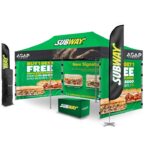 10×20 Canopy Tent
10×20 Canopy Tent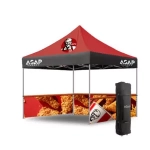 Canopy Options
Canopy Options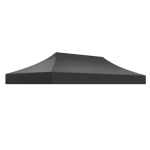 Blank Canopy Top
Blank Canopy Top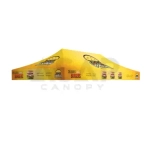 Canopy Top
Canopy Top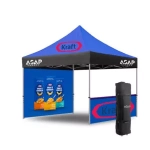 Canopy Walls
Canopy Walls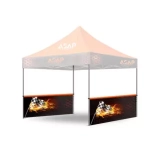 Canopy Side Skirt
Canopy Side Skirt Blank Canopy
Blank Canopy Blank Canopy Kit
Blank Canopy Kit
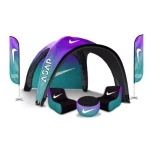 Inflatable Canopy Tents 10×10
Inflatable Canopy Tents 10×10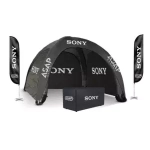 Inflatable Canopy Tents 13×13
Inflatable Canopy Tents 13×13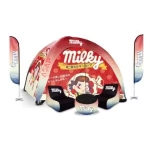 Inflatable Canopy Tents 16×16
Inflatable Canopy Tents 16×16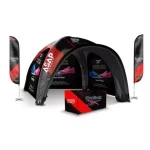 Inflatable Canopy Tents 20×20
Inflatable Canopy Tents 20×20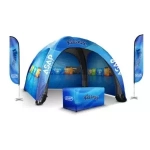 Inflatable Canopy Tents 23×23
Inflatable Canopy Tents 23×23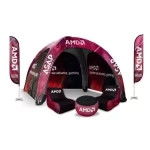 Inflatable Canopy Tents 26×26
Inflatable Canopy Tents 26×26 Inflatable Spider Tents
Inflatable Spider Tents Inflatable Dome Tents
Inflatable Dome Tents Inflatable Eclipse Tents
Inflatable Eclipse Tents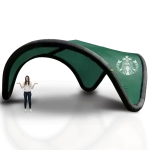 Inflatable Party Tent
Inflatable Party Tent Inflatable Furniture
Inflatable Furniture Inflatable Pillar
Inflatable Pillar
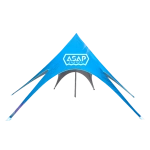 Single Pole Star Tents
Single Pole Star Tents Double Pole Star Tents
Double Pole Star Tents
 15FT Inflatable Arches
15FT Inflatable Arches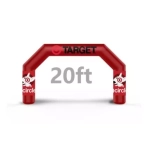 20FT Inflatable Arches
20FT Inflatable Arches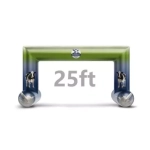 25FT Inflatable Arches
25FT Inflatable Arches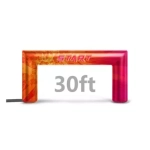 30FT Inflatable Arches
30FT Inflatable Arches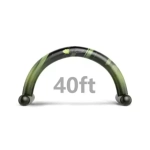 40FT Inflatable Arches
40FT Inflatable Arches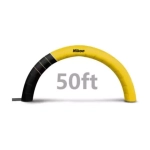 50FT Inflatable Arches
50FT Inflatable Arches Custom Constant Arches
Custom Constant Arches Custom Sealed Arches
Custom Sealed Arches
 Fitted Table Covers
Fitted Table Covers Stretch-Fit Table Covers
Stretch-Fit Table Covers Loose Table Throws
Loose Table Throws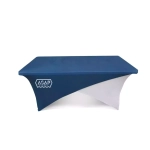 Cross-Over Stretch-Fit Table Cover
Cross-Over Stretch-Fit Table Cover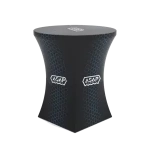 Round Stretch-Fit Table Cover
Round Stretch-Fit Table Cover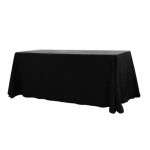 Blank Table Throws
Blank Table Throws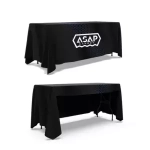 3-Sided Loose Table Throw
3-Sided Loose Table Throw Round Fitted Table Covers
Round Fitted Table Covers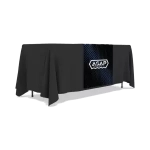 Table Runners
Table Runners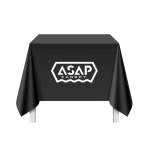 Square Table Covers
Square Table Covers
 Feather Flags
Feather Flags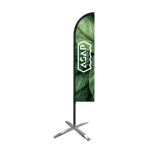 Blade Flags
Blade Flags Feather Banner
Feather Banner Blade Banner
Blade Banner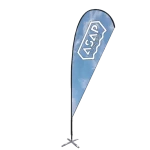 Teardrop Flags
Teardrop Flags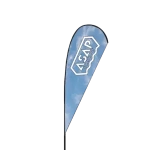 Teardrop Banner
Teardrop Banner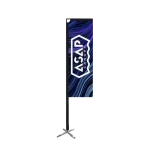 Rectangle Flags
Rectangle Flags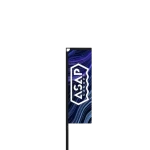 Rectangle Banner
Rectangle Banner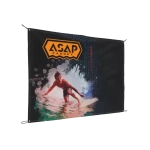 Mesh Event Banners
Mesh Event Banners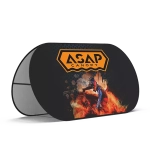 Pop Out Banner Horizontal
Pop Out Banner Horizontal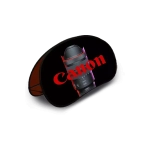 Pop-Out Banner Vertical
Pop-Out Banner Vertical
 Trade Show Display
Trade Show Display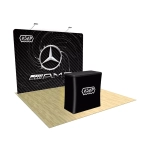 Trade Show Display Kit
Trade Show Display Kit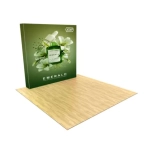 Pop Up Trade Show Display
Pop Up Trade Show Display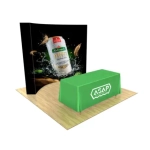 Pop Up Trade Show Display Deluxe Kit
Pop Up Trade Show Display Deluxe Kit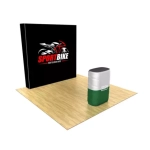 Pop Up Trade Show Display Kit
Pop Up Trade Show Display Kit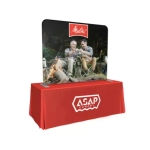 TableTop Displays Kit
TableTop Displays Kit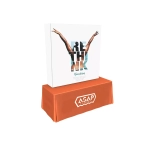 Pop Up Tabletop Display Kit
Pop Up Tabletop Display Kit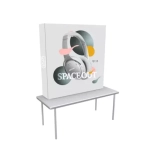 Pop Up Tabletop Display
Pop Up Tabletop Display Tabletop Display
Tabletop Display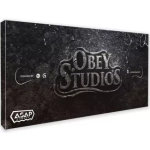 Straight Trade Show Exhibit Booth
Straight Trade Show Exhibit Booth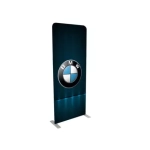 Banner Stand
Banner Stand
 Tent Accessories
Tent Accessories Flag Accessories
Flag Accessories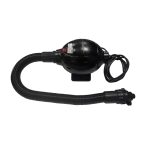 Arch Accessories
Arch Accessories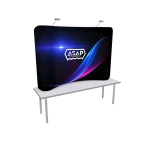 Trade Show Accessories
Trade Show Accessories
